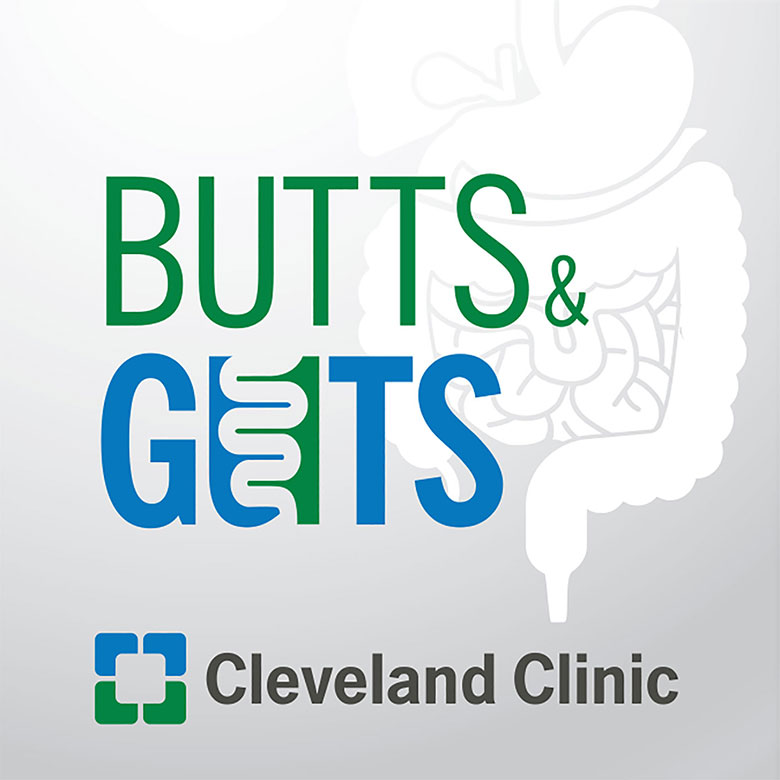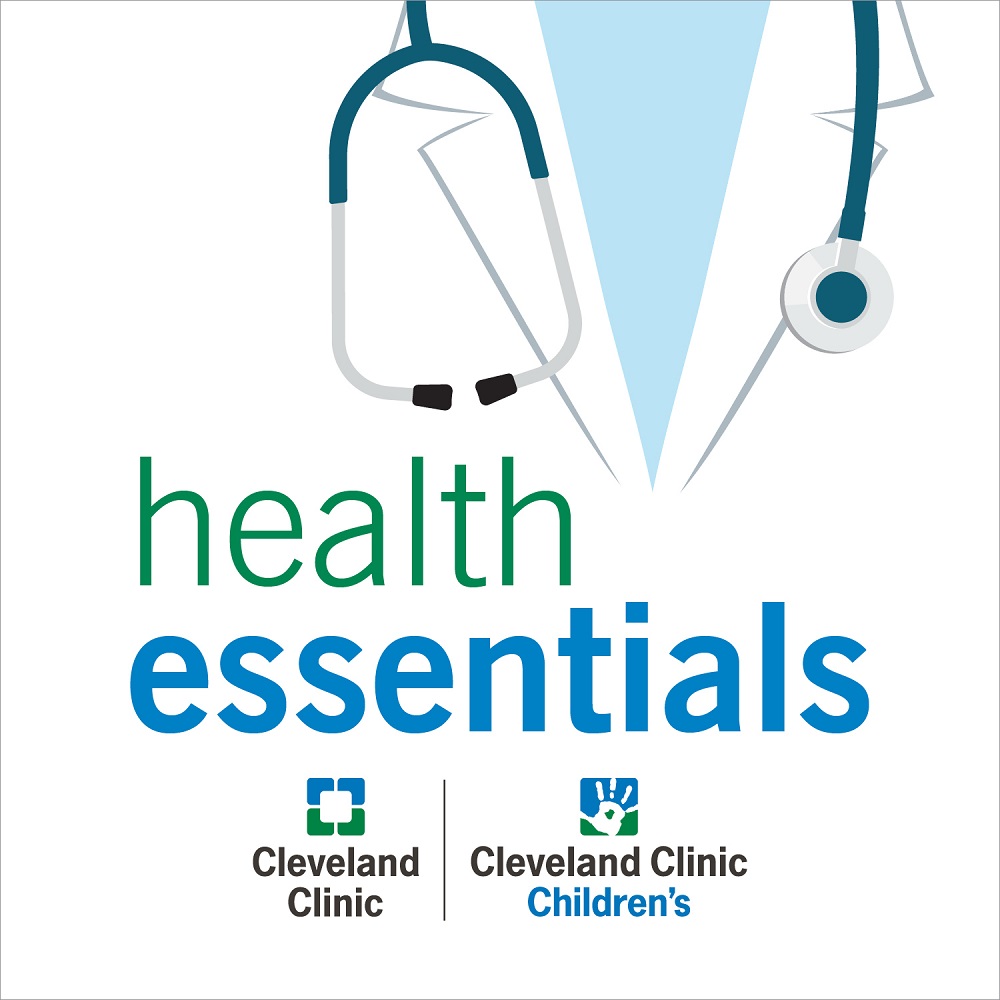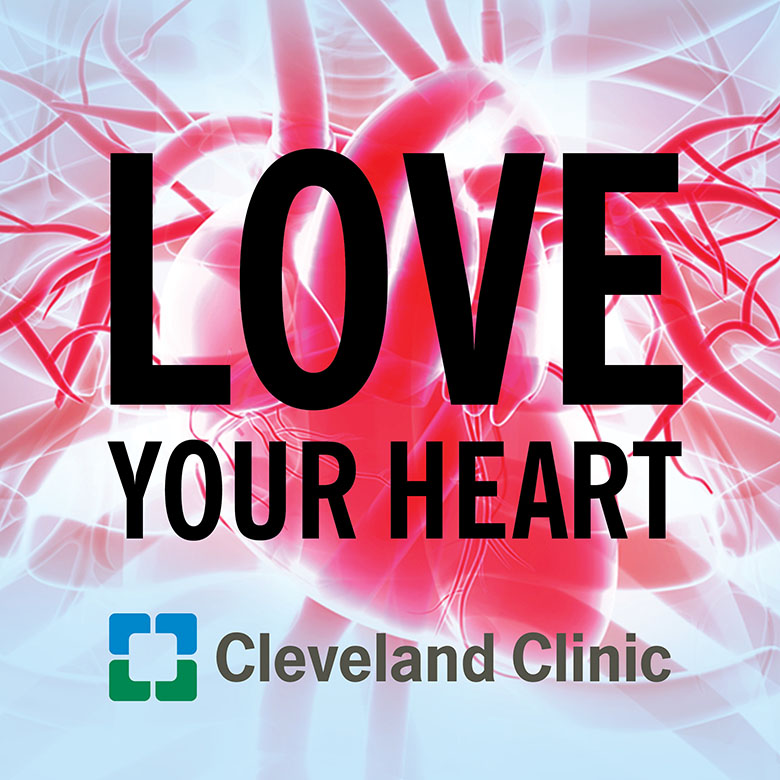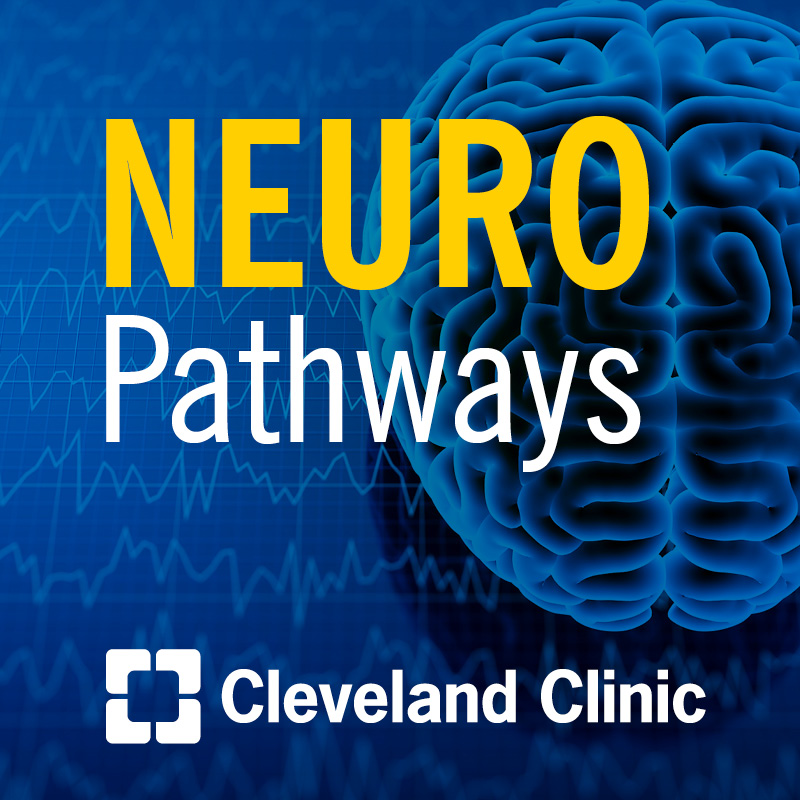Robotics Volumes and Outcomes

Siva Raja, MD, PhD, provides an update on volumes and outcomes for robotically-assisted thoracic surgery at Cleveland Clinic.
Learn more about the Department of Thoracic Surgery.
Looking to refer a patient? Please reach out to our Physician Referral team Mon. - Fri., 8 a.m. - 5 p.m. (ET) at 855.751.2469.
Subscribe: Apple Podcasts | Podcast Addict | Buzzsprout | Spotify
Robotics Volumes and Outcomes
Podcast Transcript
Announcer:
Welcome to Cleveland Clinic Cardiac Consult, brought to you by the Sydell and Arnold Miller Family Heart, Vascular and Thoracic Institute at Cleveland Clinic. This podcast will explore the latest innovations, medical and surgical treatments, diagnostic testing, research, technology and practice improvements.
Siva Raja, MD, PhD:
Robotic surgery is becoming more and more part of a practice of any surgical department. Cardiothoracic surgery is no different. This actually is looking at the size of the surgical robotic market, looking from 2021 projected into 2030. At 2024, we are less than half of what they project it’s going to be in just another five years.
Our volumes in robotic surgery are quite high compared to what most places are doing that's partly because we have our own robot in the thoracic section to be able to utilize on a day-to-day basis. A fair number of lobectomies are being done this way. Mediastinal tumors and esophagectomies are utilizing the robotic platform. Obviously benign esophagus, being a large portion of our practice, is also utilizing the robot.
So these are complicated operations. This is a robotic TE fistula. Tracheoesophageal fistula is usually a very lethal problem. We're actually addressing this with a robot. This is Dr. Murthy. We’re trying to identify this fistula. This is actually a communication between the esophagus and the airway. Normally this may even have to be on a cardiopulmonary ECMO, but we're able to identify it because of our experience with the robot, fix the defect in the esophagus and soon we’ll be repairing the defect in the airway as well.
This is an operation that has a significant mortality associated with it and is an operation that often people stay in the hospital for a long time. After these kinds of repairs, we find that patients go home, maybe the next day or the day after.
This is an esophagectomy that now is probably no longer a rare finding. It happens for a reason on a weekly basis, yesterday being no exception. This is also using additional technologies, looking to see what the perfusion is, so we inject indocyanine green to identify what the blood supply is to the stomach so we're no longer guessing, “Is the stomach going to make it? Is it getting in a blood supply?” This is a complex operation in its own right, but it's an even more complex operation that cannot be done if you don't have a team of experienced folks being able to do it.
A pneumonectomy is as dangerous an operation as you can get in thoracic surgery.
This is an intra-pericardial pneumonectomy. Usually, people tackle this with either thoracotomy, clamshell, you name it. But whichever approach looks like it would be big, that's what you pick. But here we are going the opposite direction. Using the surgical robot, we're able to identify all the structures and get it done safely. We have all our backup plans in place. the main PA (pulmonary artery) is coming up over there.
Visualization, just as it was shown earlier, is exceptional and allows us to do these things a lot more safely than before.
I will admit it does take a certain liberal use of beta blockers on the part of the surgeon to be able to pull these operations off. A left pneumonectomy, an intra-pericardial pneumonectomy is something that can be very treacherous in that it can encroach on the pulmonary outlet and the entire lung taken out through an incision that is quite small.
We're incorporating these into our paraesophageal hernia practice. This used to be done as an open Collis gastroplasty. Now you can see the stomach being pulled out of the chest, and allows us to then enter the [body]. This is a combination of laparoscopic and video assisted surgery where one surgeon is on the abdominal side, exposing this, and there's another one coming in from the chest. It's a laparoscopic VATs approach.
Performing esophageal lengthening procedure. This also lends itself to surgical education in the sense that there are different parts of the robotic surgery that allows a person to be educated in robotic surgery without any additional risk during the learning curve.
Some rare cancers are being addressed as well. There's going to be the paraganglioma on the PA over there being addressed. An intrapericardial mass is over there. The left PA is shown over there. It’s the same approach as pneumonectomy, but here we're trying to take out a mass without taking out the lung.
The additional challenge is this medicinal tumor. Many folks address this with a sternotomy based on the location. But given our expertise in using this platform on a daily basis, we're able to do more with less. Less, meaning less, of an incision. A surgical robot is not cheap.
Tracheal resection on VV ECMO for tracheal tumors. Mobilization that was often necessary with open surgery, because of the visualization and the various aspects of our platforms, we are now able to perform them with a minimally invasive approach. The technology's also changed in terms of the barbed sutures. Instead of putting individual sutures that get in our way, it allows us to then do running sutures. The suture management in a small space is also very key.
You can see the airway being sewn. All of these operations, ten years ago, there's no question that anybody would be doing this in anything but a very, very large incision. It is not to say that this small incision in any way sacrifices anything in terms of quality. In fact, the outcomes are superlative compared to even the open approach.
Thank you very much.
Announcer:
Thank you for listening to Cardiac Consult. We hope you enjoyed the podcast. For more information or to refer a patient to Cleveland Clinic, please call 855.751.2469. That's 855.751.2469. We welcome your comments and feedback. Please contact us at heart@ccf.org. Like what you heard? Subscribe wherever you get your podcasts or listen at ClevelandClinic.org/CardiacConsultPodcast.

Cardiac Consult
A Cleveland Clinic podcast exploring heart, vascular and thoracic topics of interest to healthcare providers: medical and surgical treatments, diagnostic testing, medical conditions, and research, technology and practice issues.



